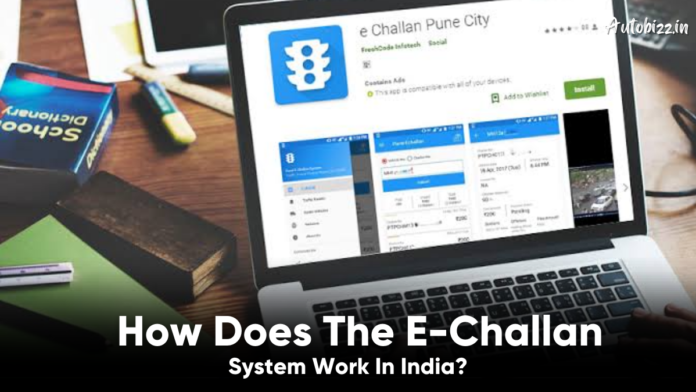With the number of road accidents on the rise in the country, e-challans have expedited the punishment process while also encouraging motorists to follow the law. But, what is an e-challan, and how does the Indian system work?
- E-challans are a digitized version of the conventional challans
- CCTV cameras play an important role in the system
- Payments can made both online and offline
Following traffic laws is the best method to avoid road accidents in a country with a population as large as India’s. However, with rising vehicle and pedestrian traffic, traffic monitoring and regulation has become a tremendous task. The Government of India has adopted the e-challan system to make things easy for the general public and traffic cops alike. Let’s take a closer look at this concept and how it operates in India.
To comprehend e-challan, we must first comprehend what a challan is. A challan is a formal written notice issued by authorities under the Motor Vehicle Act of 1988, informing the motorist of a breach of the Act’s traffic laws and regulations, which may result in penalties. The electronic or digitised version of this notice is now known as an e-challan.
The procedure of finding violators and alerting them has been faster, easier, and more exact since the e-challan was implemented. Furthermore, because to the CCTV cameras that are part of the system, it can be issued even when traffic employees are not present. Not only that, but e-challans also ensure that violators do not get away with breaking the law by sending a digital notice to the phone number associated with the vehicle’s registration number. As a result, drivers are more conscientious about following traffic laws in order to avoid paying fines.
How does the e-challan system work in India?
Now that we’ve defined what an e-challan is, let’s look at how the country’s e-challan system operates.
-CCTV cameras installed across the country capture and monitor traffic in real time.
-Violators of traffic rules are captured on video, and traffic officers extract their vehicle details from the clip.
-Using the vehicle’s registration number, traffic cops can retrieve the motorist’s contact information from their records.
-Then the e-challan is generated and sent to the mobile number of the violator along with the date and time of violation.
-The violator then has to clear the penalty within the stipulated time.
There are two ways to pay for the e-challan: online and offline. These are described in more detail below.
Clearing your e-challan online is the most convenient option. You only need to input your challan number and click on the link provided in the SMS notifying you of the challan (also provided in the SMS). Then you’ll be taken to the checkout page, where you may make your payment using your preferred method.
Offline: You can make an offline payment or pay in cash at your local police station by presenting your challan number and clearing the dues.

